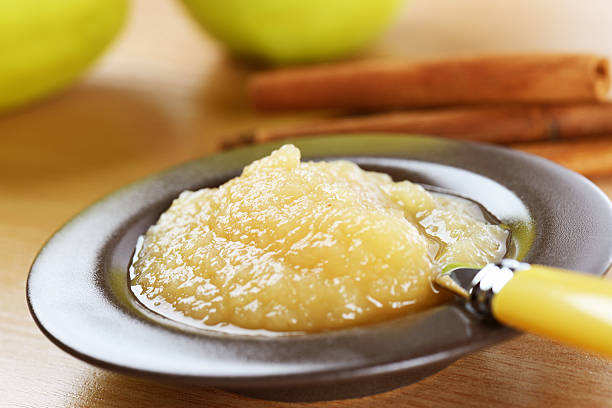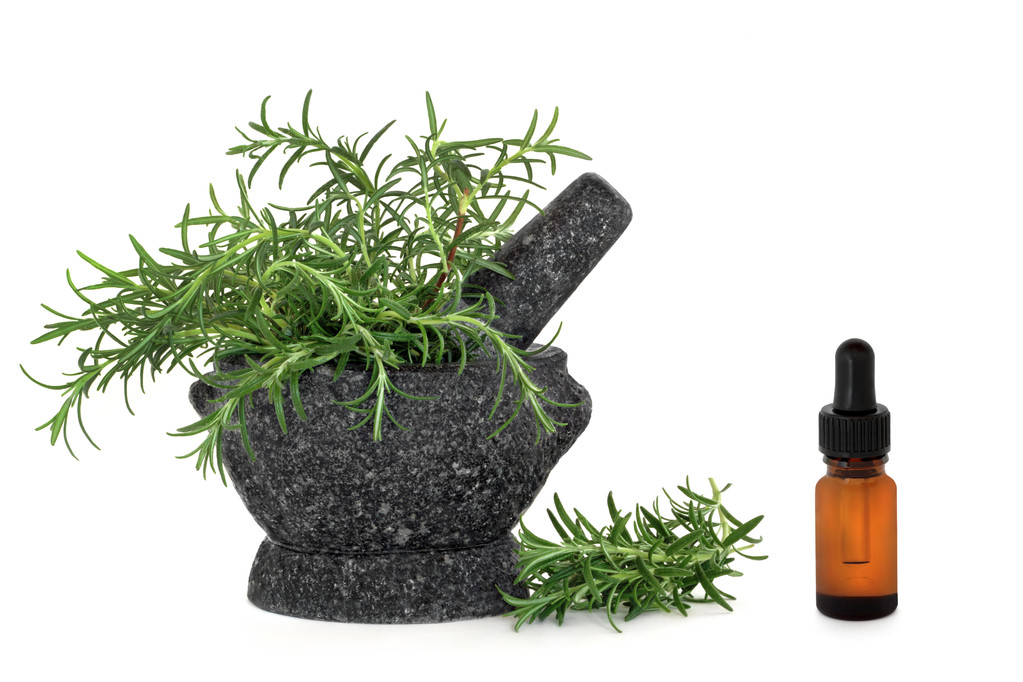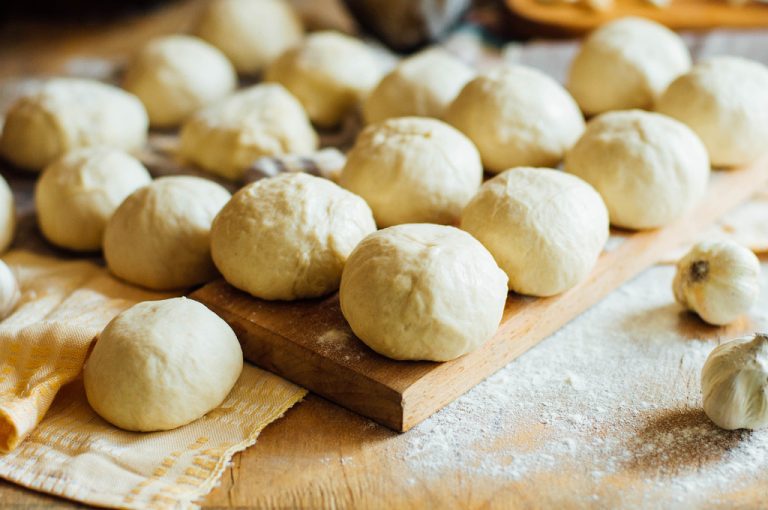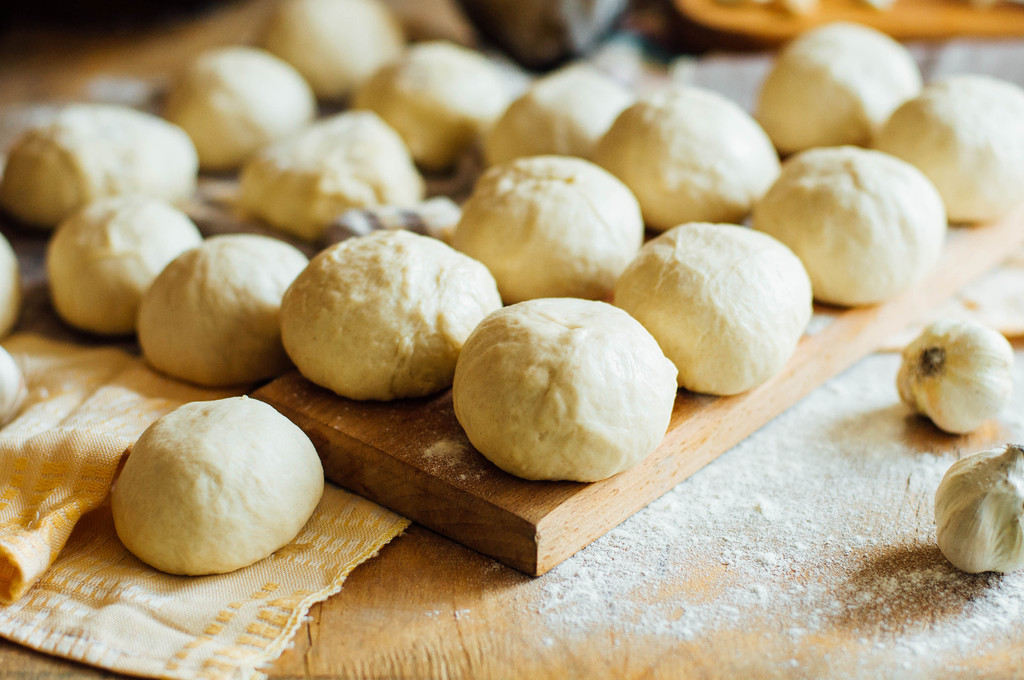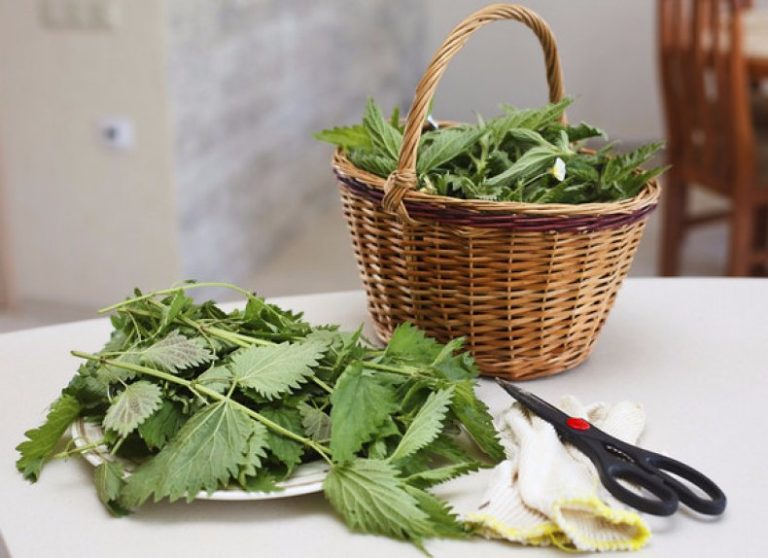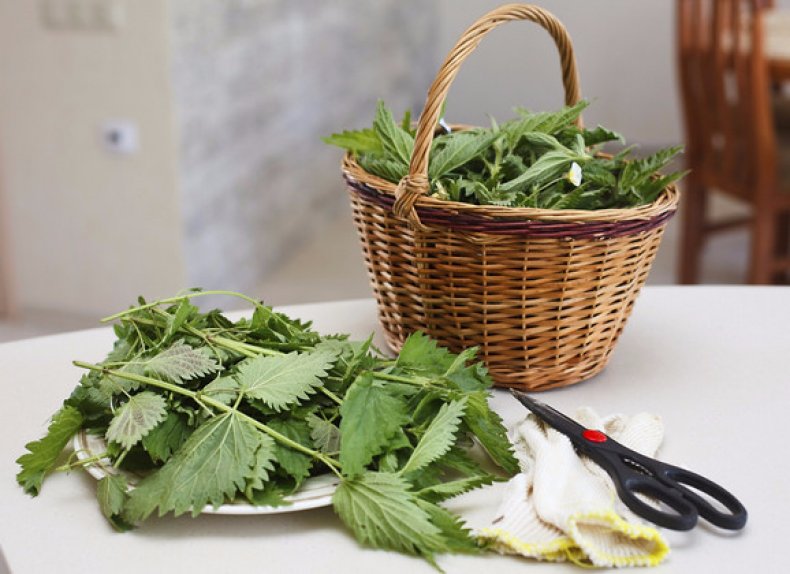With celery salt, you can add flavor to savory foods without resorting to flavor enhancers or other unhealthy ingredients. We show you how to make celery salt yourself and how to use it.
Celery salt naturally adds a savory touch to your savory dishes. Celery is an integral part of many soup seasonings – you can therefore use homemade celery salt in a similar way to soup powder. The advantage: It is completely free of unwanted additives.

Celery Salt: The Ingredients
To make your own celery salt, you only need two ingredients:
1 stalk of celery with celery greens
100 grams of salt
Buy the celery as regionally and organically as possible. In this way you avoid chemical pesticides and long transport routes. You can also do without packaging waste if you buy your vegetables at the weekly market.
Normal table salt is suitable for celery salt. It does not have to come from the Himalayas, nor does it have to be sea salt. This is neither better nor healthier – on the contrary, microplastics have already been discovered in fleur de sel and in sea salt. However, make sure that your salt is free of anti-caking agents and other chemical additives.
Additionally you need
a dehydrator and
a good blender or coffee grinder.
If you don’t have a dehydrator, you can alternatively dry the celery in the oven at a low temperature. However, a dehydrator is much more energy efficient.
Celery Salt: The Preparation
The preparation of celery salt is very simple:
Wash the celery thoroughly.
Separate the celery greens from the bulb.
Cut the bulb into fine cubes.
Distribute the cubes evenly in the dehydrator or alternatively on a grid.
Allow the celery cubes and celery greens to dry in the dehydrator for about 12 to 14 hours. Depending on their size, the pieces need about four to five hours in the oven at 50 degrees.
Grind the dried celery leaves and dice into a fine powder.
Mix the powder with the salt and fill the finished celery salt into a screw-top jar.
Stored in the dark, celery salt can be kept for several months.
Tip: If you want to do without salt altogether, you can season your dishes with just the dried and chopped celery.

How to use celery salt
You can use celery salt in many ways in the kitchen – here are some inspirations:
The fine seasoning goes well with potato dishes such as potato gratin, potato soup or fried potatoes.
Tomato sauce or homemade tomato sauce also get a special flavor from celery salt.
Whether it’s fried eggs, scrambled eggs or a vegan alternative – dishes with eggs harmonize well with the seasoning salt.
Celery salt is also suitable for refining salad dressings, sauces and dips.






